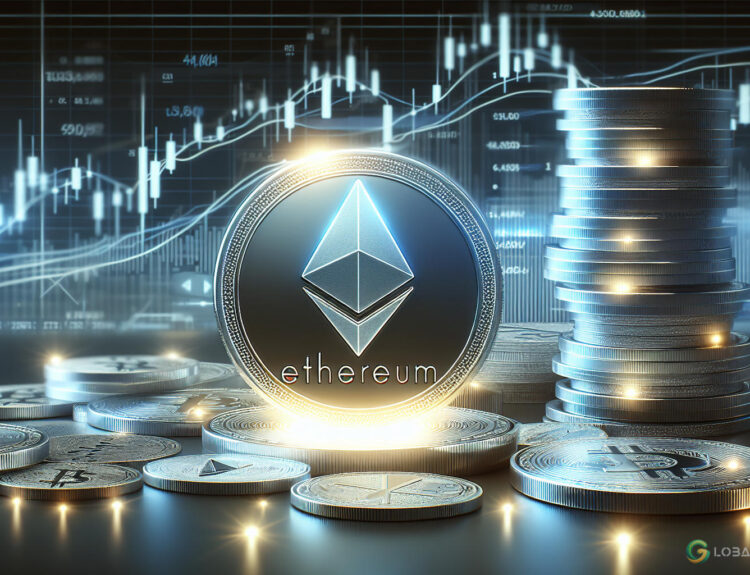“`html
The Pi Network price experienced a sharp decline this week after its highly anticipated ecosystem event failed to meet investor expectations. As of Thursday, March 15, Pi Coin dropped to $0.8115, marking a 47% decrease from its weekly high and a staggering 70% drop from its all-time high. Its market capitalization has plummeted from a record $19 billion in February to $6.31 billion as of May 15.
The decline follows the announcement of the launch of Pi Ventures, a $100 million fund aimed at investing in startups within fintech, artificial intelligence, e-commerce, gaming, and other sectors. While this move is a step forward for the ecosystem, it failed to generate significant enthusiasm among holders.
Key Catalysts That Could Boost Pi Network’s Price
Despite recent setbacks, several factors could potentially drive the price of Pi Coin higher in the near term. Below are four key catalysts to watch:
1. Transition to Decentralization
One major factor that could positively impact the Pi Network is the migration from its current centralized structure to a fully decentralized blockchain. At present, the network operates as a “Semi-DAO,” with the core team holding substantial decision-making power. This centralization poses risks, especially since the team controls billions of tokens, which could potentially flood the market if offloaded.
Reports indicate that the Pi Foundation holds over 70 billion tokens, but little is known about the foundation or its members. A formal proposal to transition Pi Network into a fully decentralized system could significantly boost investor confidence and drive demand for the token.
2. Improved Tokenomics Through Token Burns
Another critical area for improvement is Pi Network’s tokenomics. Currently, the network is releasing millions of new tokens into circulation each month, with data showing that approximately 1.475 billion tokens will be unlocked over the next 12 months—equivalent to about 122 million tokens per month. This increasing supply, coupled with limited demand, puts downward pressure on the token’s price.
Introducing token burns could help counteract this issue. Token burns reduce the circulating supply, potentially increasing scarcity and improving price stability. For instance, in 2021, Ethereum co-founder Vitalik Buterin burned Shiba Inu (SHIB) tokens worth $6.7 billion, which had a positive impact on SHIB’s tokenomics and market sentiment. A similar strategy could benefit Pi Coin in the long run.
3. Exchange Listings
Despite its large user base, Pi Coin is currently listed on only a few exchanges, including OKX, Bitget, MEXC, and Gate. Major platforms like Binance, Coinbase, Upbit, and Kraken have yet to list the token. While the reasons for this are unclear, some analysts speculate that concerns over centralization may be a factor.
A listing on a major exchange could act as a strong catalyst for price growth. Historical data shows that tokens often experience significant price surges following such listings. For example, Alpaca saw a 2,300% increase after being listed on Binance, while Orca gained 200% following its Upbit listing. If Pi Coin secures a listing on a major platform, it could experience a similar upward trajectory.
4. Ecosystem Expansion and Real-World Utility
A lack of real-world utility has been a persistent challenge for the Pi Network since its mainnet launch. While the ecosystem boasts over 100 mainnet-ready applications, few have achieved mainstream adoption. The recent launch of Pi Network Ventures is a step in the right direction, but building an ecosystem with widely adopted applications will require substantial effort and innovation.
Historical precedents show that ecosystem funds alone are insufficient to guarantee adoption. For instance, Kadena launched a $100 million ecosystem fund in 2022 but has yet to gain significant market share. Similarly, Velas introduced a $100 million grants program but currently has a market capitalization of just $2.5 million. To avoid a similar fate, Pi Network must focus on fostering the development of impactful and widely used applications within its ecosystem.
The combination of decentralization, improved tokenomics, major exchange listings, and ecosystem growth could serve as key drivers for Pi Coin’s future price performance. However, achieving these milestones will require strategic planning and execution by the Pi Network team.
“`
























